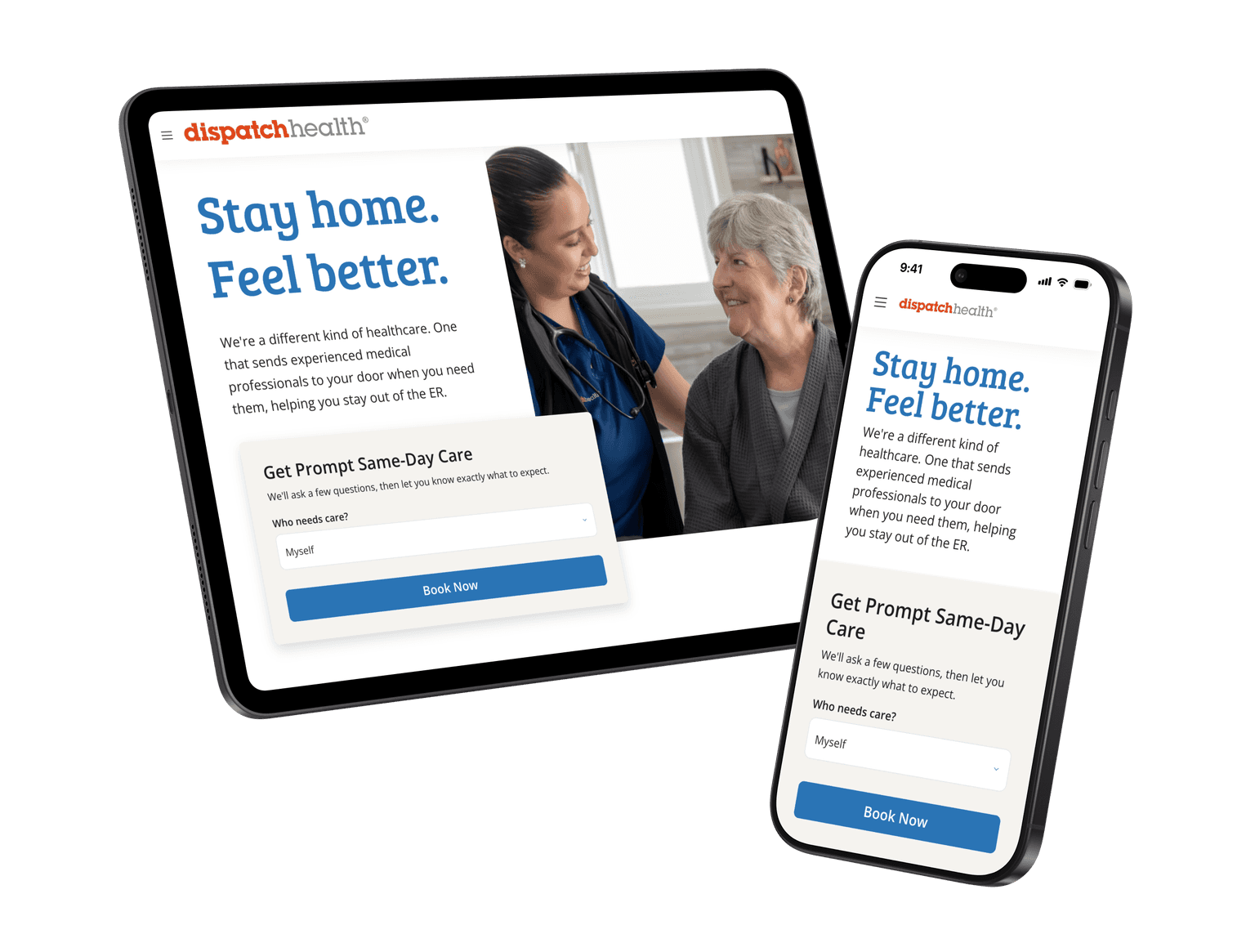DEVELOPMENT & IMPLEMENTATION OF AI-POWERED DESIGN ASSISTANT
Learn how DBB Software helped Renovai integrate cutting-edge AI design tools into their retail platform, revolutionizing how customers explore and visualize furniture.
Industry
Retail & E-Commerce
Service
AI Development
Team
1 PM, 4 Developers, 1 DevOps
Project State
October 2018 - August 2024
Country
Israel


THE CLIENT'S INITIAL REQUEST
Renovai wanted to integrate AI-powered design features to meet growing customer demand for immersive and personalized shopping experiences. Their goals included:
Interactive Design Tools
Enable customers to generate and customize furniture designs using AI.
01
Enhanced Visualization
Provide realistic 3D renderings and interactive views of furniture in user spaces.
02
User-Driver Personalization
Develop a virtual designer to create tailored designs based on customer preferences.
03
Engaging Exploration
Offer a 360-degree interactive view of individual furniture items for a hands-on feel online.
04
SOLUTIONS WE DELIVERED
This challenging but creative project allowed our team to develop a multi-angle AI-powered solution consisting of:
AI-Powered CTL (Creative Template Library)
Implemented an AI-driven collage tool that generates dynamic furniture item combinations based on user style preferences. Customers can view AI-curated collages featuring images of furniture items—like sofas, tables, and lamps—tailored to their taste.
STR (Spatial Template Rendering)
Developed a 3D rendering engine powered by AI to create photorealistic room designs. Users upload a photo of their space, and the system populates it with 3D-designed furniture, offering a seamless visualization of how items fit in their home.
Virtual Designer Questionnaire
Built an intuitive questionnaire integrated with AI to craft personalized furniture designs. Users answer questions about style, size, and function, and the Virtual Designer generates designs in real-time, streamlining the creative process.
360-Degree iFrame Integration
Introduced an interactive 360-degree iFrame feature, allowing customers to rotate and explore a single furniture item—such as a chair or table—from every angle. This immersive tool enhances decision-making by mimicking an in-store experience online.
RESULTS ACHIEVED
16% Improved Conversion Rates
The new AI-powered functionality led to an impressive increase in conversion rates, indicating positive user feedback.
2x Time Spent on Website
The 360-degree iFrame and other AI designer features doubled the time users spend on the platform.
30% Revenue Growth
The AI designer resulted in a considerable increase in revenue dynamics, setting up Renovai for sustained growth.
Check Out More Cases















